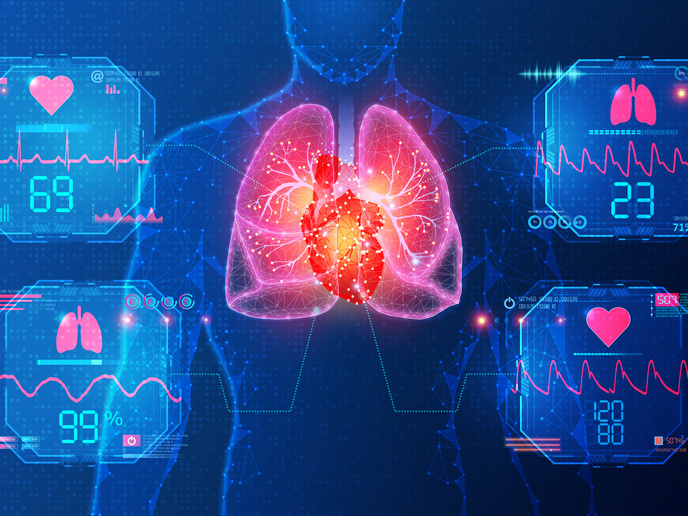Thinner-than-paper sensors for pulse wave monitoring
Cardiovascular disease remains one of the leading causes of death globally. Accurate and early detection of cardiovascular irregularities is crucial for preventing severe outcomes such as heart attacks and strokes. One of the key indicators of cardiovascular health is blood pressure, and continuous, non-invasive monitoring of arterial pulse waves can provide critical insights into a person’s vascular health. However, traditional methods for measuring blood pressure can be cumbersome, uncomfortable, and unsuited for continuous monitoring.
Ultra-thin wrist sensor
Undertaken with the support of the Marie Skłodowska-Curie Actions(opens in new window) (MSCA) programme, the UNOPIEZO(opens in new window) project has developed an innovative ultra-thin sensor that promises to revolutionise continuous cardiovascular monitoring. “The idea of making the sensor ultra-thin allows it to have maximum bending during arterial pulsation, achieving maximum sensitivity,” explains the MSCA research fellow Mika-Matti Laurila. The sensor detects arterial pulse waves through the piezoelectric effect(opens in new window) which converts the mechanical deformation caused by the pulsating artery beneath the skin into an electrical signal. When attached to the skin, the sensor deforms with each arterial pulse, generating an electrical signal that corresponds to the blood pressure pulse travelling through the artery. The flexibility of the sensor allows it to bend more efficiently with each pulse, maximising the mechanical deformation and producing a clearer, more precise electrical signal. This not only leads to accurate pulse wave measurements but also reduces the amount of material required for production, making the sensor both cost-effective and environmentally sustainable. The sensor is attached to the skin through a soft elastomer-based data transmission unit (DTU), which enables wireless data transmission. The two units are clamped to the wrist with the sensor positioned directly over the artery. The soft elastomer material chosen for the DTU not only allows the sensor to bend during arterial pulsation, but also ensures that the device is comfortable to wear.
Sensor testing and performance
The UNOPIEZO sensor has undergone rigorous testing to ensure its accuracy and reliability. One of the standout findings is the sensor’s remarkable sensitivity, which is about 50 times higher in the bending mode compared to when only compressive forces are present. Using an artificial heart that generated a simulated pulse wave, researchers demonstrated that the sensor was able to capture a pulse wave that closely matched the simulated version. Furthermore, the system was tested in humans, where it successfully measured the arterial pulse wave from a human subject’s wrist. The resulting pulse wave shape was consistent with typical arterial pulse waveforms, demonstrating the system’s potential for real-world applications.
Key advantages
One of the most significant advantages of the UNOPIEZO sensor is its low power consumption. Unlike other systems that require a constant external power source, the piezoelectric sensor is self-powered, converting mechanical energy from the pulse into electrical energy. According to Laurila: “The sensor’s fabrication process is another crucial advantage as it uses roll-to-roll compatible fabrication techniques, similar to printing on paper.” This method not only reduces costs but also allows for mass production, making the technology scalable and accessible for widespread use in healthcare settings. Ongoing efforts to improve the system’s reliability in terms of design, manufacturing and clinical efficacy are expected to transform how cardiovascular health is monitored, making it more accessible, efficient, and eco-friendly.







